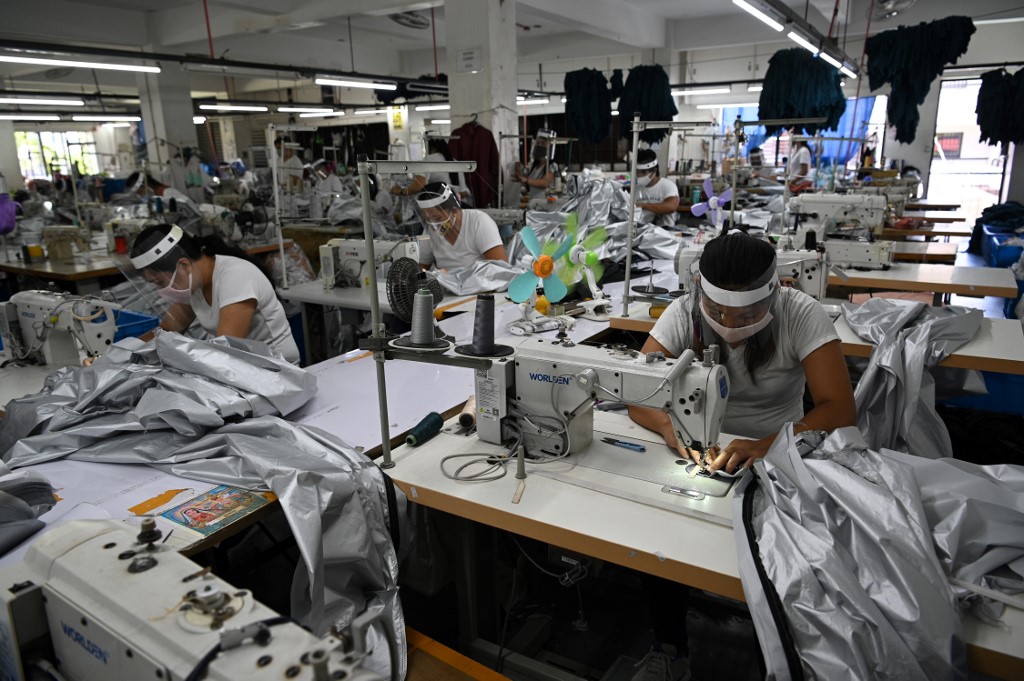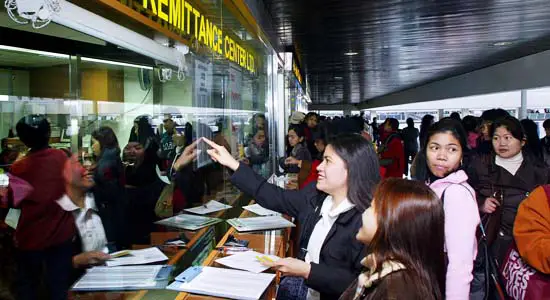Hope springs eternal on the Philippines as among the most promising in the world when it comes to being a newly industrialized economy, but doing business there remains a tricky task, especially for foreign players without local assistance from the ground.
Opportunity remains there, as the country is ranked 12th in terms of population but whose economy is only 43rd largest in the world. The Philippines has taken large strides in overcoming that “sick man of Asia” billing.
From an agricultural base, the country leaned towards a service-based economy, propelled by a steady supply of fresh graduates joining the labor force every year. As of 2011, approximately 52% of the economy was based in the service sector, 33% was based in the agricultural sector and 15% was based in the industrial and manufacturing sector, according to the CIA World Factbook.
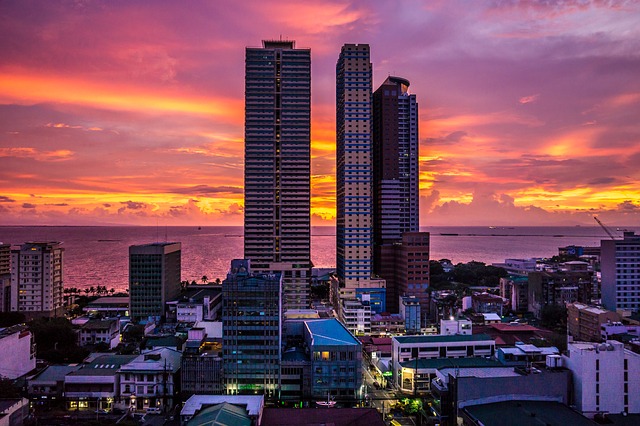
More investments poured in, mostly from multinational companies wishing to lower their operation costs and tap into the Filipino skillset.
But despite the rapid modernization the Philippines has embarked, there are still glaring deficiencies it needs to overcome. For example, in the World Bank’s Ease of Doing Business Report 2019, placing 124th out of 190 countries from 113th previously, largely due to higher business registration costs and increased time for imports inspection.
This and other issues we will highlight for your added knowledge.
- It’s a maze-like process to start a business
For someone who wish to establish business presence, it requires 16 different steps to follow, taking on average about 36 to complete the entire process. Multiple signatories, unnecessary and redundant clearances are some of the features of this procedure. Such complex process shows in the 161st ranking worldwide — it seems like the Philippines doesn’t like businesses to come in! Someone has to stand up to this bureaucratic red tape and cut it.
- Construction permits take 29 procedures to complete
Whether you’re setting up a new factory, manufacturing plant or a commercial building, obtaining construction permits is a painful process, taking up to 84 days to complete a task of a 29-step journey which starts with filling up of forms (building permit, sanitary, electrical), provision of additional documents (certificate of title, tax receipt, tax declaration), detailed plan, consent from owner and contract of lease, structural analysis, and so on. - Obtaining electrical connection is longer than expected
In a country where cause of many fires are faulty electrical wiring, one wonders if the site inspection for electrical connection is a critical process or if it ever helps at all.
A normal procedure is that once in touch with a local power distributor, notably Meralco in Metro Manila and nearby provinces. A typical application begins with gathering of documents (lot title, identification, application form) to submit to Meralco, secure additional permits at the city hall while proving barangay wiring permit, property tax, and same of the other set of requirements. Wait for inspection, pay additional fees (some of which may not appear in the receipt), buy accessories (wires, circuit breaker).
So there’s a bit of back and forth to get this simple request done.
- Registering property is a long and costly exercise
No surprise here. When you acquire a piece of land where you plan to establish your business, it takes an average of 39 days to complete a property registration which includes trips to the Assessor’s Office, City Treasurer’s Office, Bureau of Internal Revenue, Registry of Deeds and so on.
- Investors take a long while for entrepreneur to get credit
The Philippines languished near the bottom of rankings for ease of getting credit, defined by the World Bank as the sum of the strength of legal rights index and the depth of credit information index, getting credit indicators which make it possible to compare economies in different parts of the world.
Although there is effort on the government to address this business concern, which aims to facilitate opportunity for entrepreneurs to use movable collateral such as stock inventory, receivables, crops, livestock and equipment to back up their loan applications.
Before the bill was passed, lenders generally accept only real estate as collateral. This results to smaller, family-run businesses experiencing constraints by credit lack.
- Paying taxes is a tedious thing to do
As if the Philippines’ taxation system not being business-friendly is not enough, it takes quite an effort to settle tax payments, 20 times to make each year (as of 2018 PwC rankings), equivalent to an average of 182 business hours.
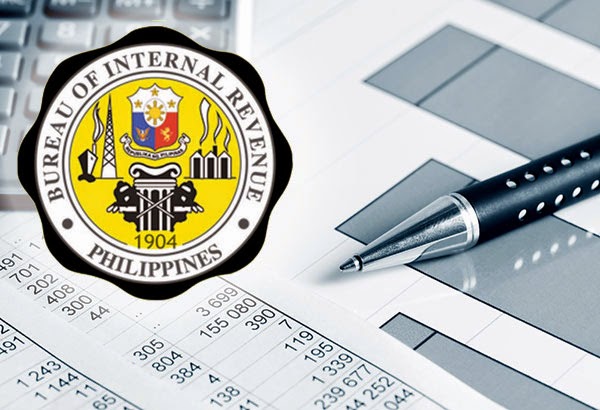
Employee-paid tax requirements involve the most payments per year, and corporate income tax – flat rate of 30% – and VAT take the longest time to process.
- It takes longer time to move goods in an island economy
In a country composed of over 7,000 islands, and no robust linkage in an efficient transport of goods, time is one area of concern. Current method of delivering raw materials (fresh produce, marine products, minerals, etc) from source to processing and manufacturing centers make take a longer while and cost more than using more traditional means such as bulk railway carriages.
Although the Philippines government is now embarking on a massive infrastructure build up, other countries have done the same years ago, thereby making them more attractive for foreign investors than the Philippines can provide.
(It’s not too late for these projects to make an impact, though.)
- It is costly and takes a long time to enforce contract claims
Enforcing contracts in the Philippines is really slow. A study by the World Bank / International Finance Corporation (PDF download) revealed that it takes an average of 842 days — more than two years — to complete such process in cases of court litigation. Majority of delay is at the trial and judgment part which takes an average of 580 days. It just shows that the justice system is beset with backlog of cases which can effectively discourage some businesses from investing.
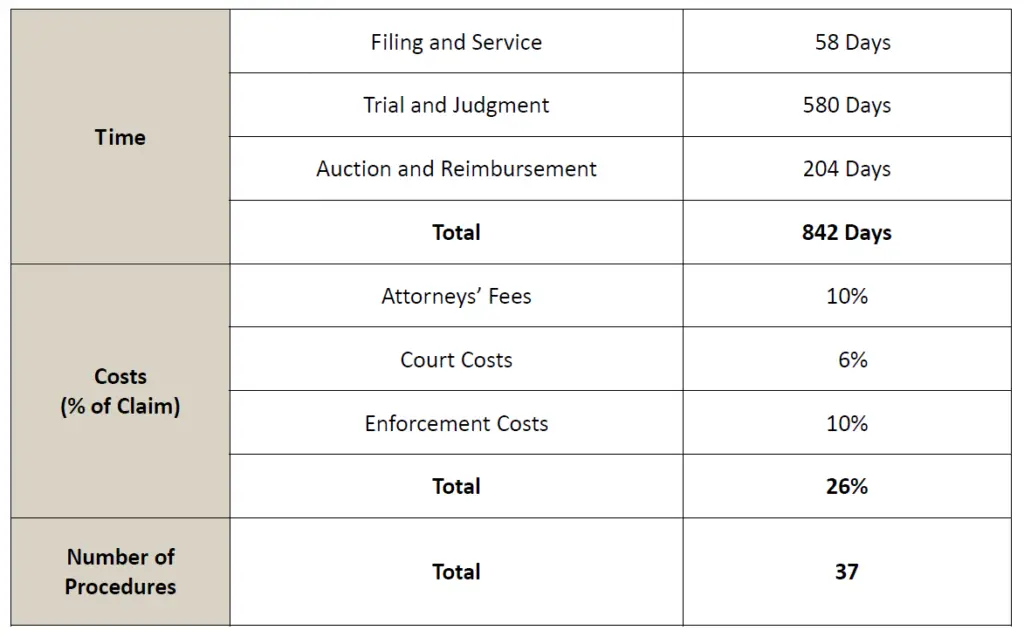
In addition to the significant amount of time required to enforcing contracts in the Philippines, cost is also quite prohibitive. The same study showed that up to 26% of claims will cover legal (attorneys fees, legal and enforcement) costs.
That’s not much of a protection towards businesses who encounter breach of contract from partners.
- Resolving insolvency results to very little yields
When companies experience financial ruin, fail to pay its debts and unable to stay above the surface they can be classified as insolvent. Such situation can lead to insolvency proceedings, in which legal action will be taken against the insolvent entity, and its assets may be liquidated to pay off outstanding debts.
Resolving insolvency cases in the Philippines takes more than three times the average times required for Organisation for Economic Co-operation and Development countries.
Insolvent firms can expect to recover only 4.9 cents on the dollar, compared to the OECD average of 70.6.
Conclusion
Just as typical Filipinos find it easy to complain about slow Internet connection, power interruptions and other inefficiencies experienced in daily life, businesses also have their own share of problems. For the Philippines to attract businesses and competitive enough to keep them from bolting for countries with better support and more conducive business environment, it needs to upgrade the way it handles business needs.
The problems have been identified, all it needs to do is find the solutions, and execute them.






